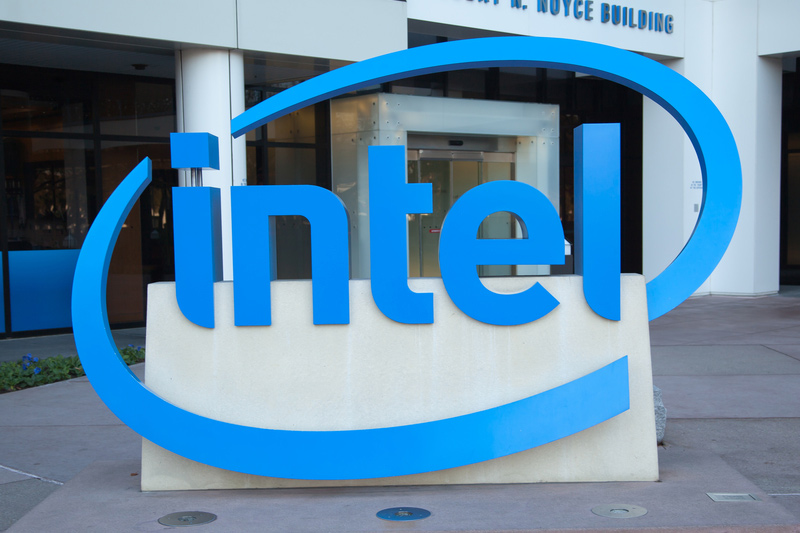China Eliminating U.S. Technology from Government Computers
China’s move to ban U.S. microprocessors in government PCs
China has recently unveiled guidelines to gradually phase out American microprocessors, particularly those from Intel and AMD, from government personal computers and servers. The aim is to reduce reliance on foreign technology and bolster domestic options, as reported by the Financial Times.
Shifting away from Microsoft’s Windows operating system
In addition to targeting Intel and AMD chips, China’s procurement guidance also looks to sideline Microsoft’s Windows operating system and foreign-made database software in favor of domestic alternatives. This strategic shift aims to enhance cybersecurity and reduce external dependencies.
Emphasis on “safe and reliable” processors and operating systems
Government agencies at the municipal level and above have been instructed to prioritize “safe and reliable” processors and operating systems when making procurement decisions. This directive underscores China’s commitment to strengthening its technological autonomy and safeguarding sensitive data.
Focus on domestic semiconductor production
The U.S. has also been taking steps to boost domestic semiconductor production and decrease reliance on foreign suppliers, particularly in light of the Biden administration’s 2022 CHIPS and Science Act. This legislation aims to bolster American semiconductor manufacturing capacity and reduce vulnerabilities in the supply chain.
Opportunities for domestic chip producers
China’s industry ministry recently released a list of CPUs, operating systems, and centralized databases considered “safe and reliable” for three years, all sourced from Chinese companies. This presents a significant opportunity for domestic semiconductor manufacturers to expand their market share and contribute to national technological sovereignty.
Potential impact on global tech dynamics
The implications of China’s move to phase out U.S. technology from government computers extend beyond domestic borders. It underscores the intensifying competition in the global tech landscape and the increasing importance of technological self-reliance in an era of geopolitical tensions.
This revised article aims to provide a comprehensive overview of China’s efforts to reduce dependence on foreign technology and promote domestic innovation. By adhering to the specified guidelines and enhancing the content with additional details and insights, this rewritten piece offers a unique perspective on the evolving dynamics of the tech industry.



